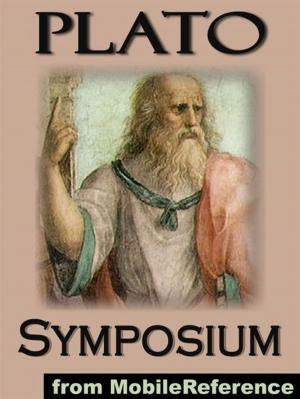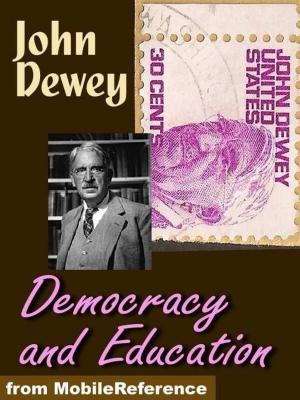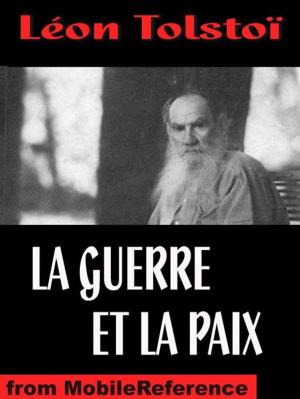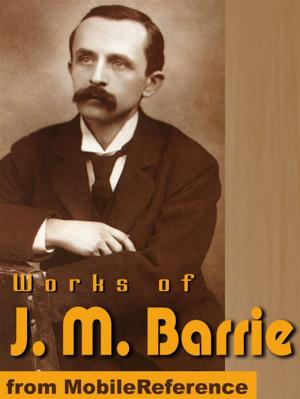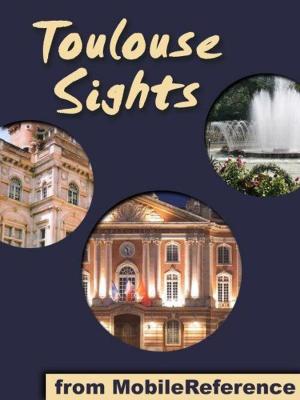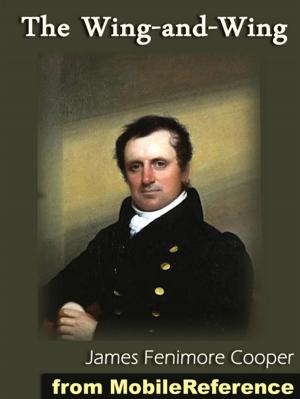| Author: | Geoffrey Chaucer | ISBN: | 9781605018089 |
| Publisher: | MobileReference | Publication: | January 1, 2010 |
| Imprint: | MobileReference | Language: | English |
| Author: | Geoffrey Chaucer |
| ISBN: | 9781605018089 |
| Publisher: | MobileReference |
| Publication: | January 1, 2010 |
| Imprint: | MobileReference |
| Language: | English |
Troilus and Criseyde (circa 1380-87) is Geoffrey Chaucer's poem in rhyme royal (rime royale) re-telling the tragic love story of Troilus, a Trojan prince, and Criseyde. Scholarly consensus is that Chaucer completed Troilus and Criseyde by the mid 1380's. Many Chaucer scholars regard this as his best work, even including the better known but incomplete Canterbury Tales.Troilus and Criseyde is an example of a courtly romance, and although it does contain many common features of the genre, generic classification is an area of significant debate in most Middle English literature. The character Troilus is mentioned once in Homer as a valiant son of Priam who died in combat, but the actual story is of Medieval origins and first written by Benoît de Sainte-Maure in his poem Roman de Troie; Boccaccio re-wrote the story in his Il Filostrato which in turn was Chaucer's main source. Shakespeare's Troilus and Cressida was based in part on Chaucer's poem. The poem was continued by Robert Henryson in his Testament of Cresseid wherein Henryson, displeased by Chaucer's rather humane treatment of Criseyde, is determined to punish her more openly for her unfaithfulness.The relationship between Chaucer's Troilus and his source material (Il Filostrato) is discussed extensively by C. S. Lewis in The Allegory of Love. Briefly, Chaucer's poem reflects a less cynical and less misogynistic world-view than Boccaccio's; his Pandarus is well-intentioned and his Criseyde sincere but fearful, rather than simply fickle. The sadness of the story is also lightened by humour. Excerpted from Wikipedia, the free encyclopedia.
Troilus and Criseyde (circa 1380-87) is Geoffrey Chaucer's poem in rhyme royal (rime royale) re-telling the tragic love story of Troilus, a Trojan prince, and Criseyde. Scholarly consensus is that Chaucer completed Troilus and Criseyde by the mid 1380's. Many Chaucer scholars regard this as his best work, even including the better known but incomplete Canterbury Tales.Troilus and Criseyde is an example of a courtly romance, and although it does contain many common features of the genre, generic classification is an area of significant debate in most Middle English literature. The character Troilus is mentioned once in Homer as a valiant son of Priam who died in combat, but the actual story is of Medieval origins and first written by Benoît de Sainte-Maure in his poem Roman de Troie; Boccaccio re-wrote the story in his Il Filostrato which in turn was Chaucer's main source. Shakespeare's Troilus and Cressida was based in part on Chaucer's poem. The poem was continued by Robert Henryson in his Testament of Cresseid wherein Henryson, displeased by Chaucer's rather humane treatment of Criseyde, is determined to punish her more openly for her unfaithfulness.The relationship between Chaucer's Troilus and his source material (Il Filostrato) is discussed extensively by C. S. Lewis in The Allegory of Love. Briefly, Chaucer's poem reflects a less cynical and less misogynistic world-view than Boccaccio's; his Pandarus is well-intentioned and his Criseyde sincere but fearful, rather than simply fickle. The sadness of the story is also lightened by humour. Excerpted from Wikipedia, the free encyclopedia.


